
Cereal crops are grass species that we cultivate for grain, with wheat and rice being two particularly common examples. Cereals have long been important sources of nutrients and are staple crops in many parts of the world. These days, there’s an increasing movement towards pseudocereals, which are also called pseudograins. So, in this post, we’re taking a look at the different types of pseudocereal out there.
First though, let’s talk about the idea.
Pseudocereals are ingredients that we use in a similar way to grains, but they’re not related to grasses at all. Instead, they’re seeds from different plant species. This distinction is one reason that pseudocereals are popular. They end up with a different nutritional profile to the grains we rely on.
There are other differences too, such as the way that quinoa has an interesting texture and a slight nutty flavor, while chia seeds become gelatinous when soaked in liquid.
If nothing else, pseudocereals are a fantastic way to expand your diet, giving you access to more flavors, textures, and nutrients than you would otherwise. And, with so many of them to choose from, you’re not likely to get bored any time soon.
One final note – pseudocereals are gluten free. This makes them ideal if you’re making a gluten free breakfast or a gluten free power bowl.
Types Of Pseudocereal
- Chia Seeds
- Quinoa
- Buckwheat
- Amaranth
- Wattleseed
- Kaniwa
- Breadnuts
- Millet
- Pitseed Goosefoot
- Fat Hen
- Hanza
Chia Seeds
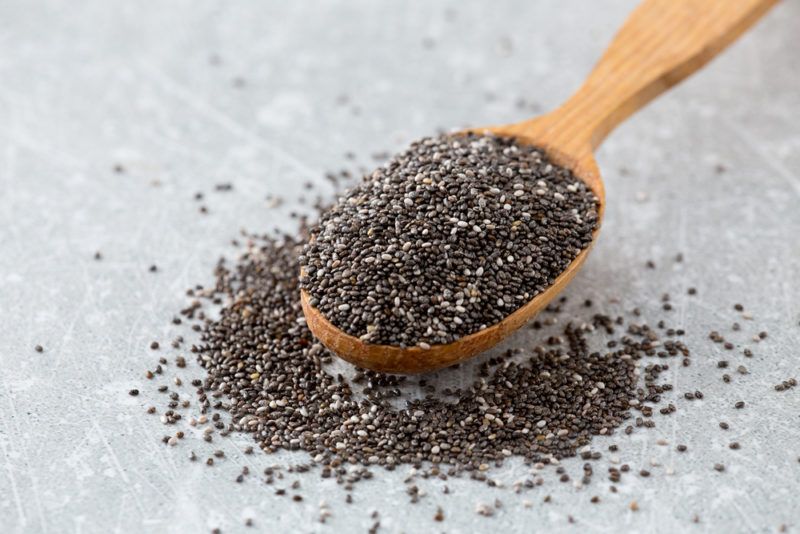
Chia seeds are a good place to begin, as they’re a little different than most other types of pseudocereal. They have a single very unusual characteristic – the way that they absorb liquid. We’re not talking about a little bit of liquid either. Chia seeds can absorb as much as 12 times their original weight in liquid.
Because of this, chia seeds become gelatinous when they have been in liquid for a while. This outcome can be used in various ways. For example, chia seed pudding relies on chia seeds, liquid (like a plant-based milk), and ingredients for flavoring. The chia seeds and the liquid are enough to create a pudding-like consistency.
Chia seeds and water can also be combined to create a chia egg. Using around 1 tablespoon of chia seeds and 2.5 tablespoons of water gives you a mixture with a similar consistency to an egg. This makes an ideal binding agent and egg alternative in many recipes, especially if you hope to make something vegan friendly.
The seeds are appealing nutritionally as well. They are a good source of fiber, protein, and antioxidants. Plus, they provide a decent amount of plant-based omega 3 fatty acids.
Finally, chia seeds are tiny and are almost tasteless. You can easily just throw them on top of a meal to add extra nutrients. You’ll often see chia seeds used on smoothies and power bowls for exactly this reason.
Quinoa
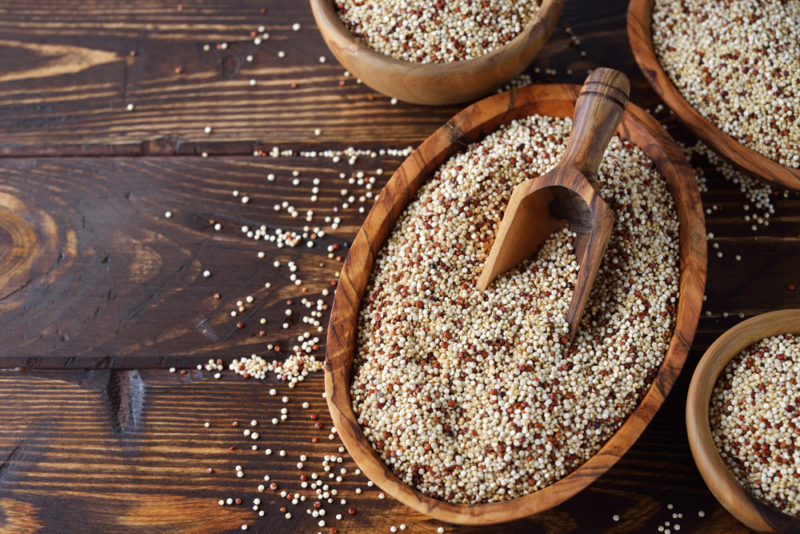
Quinoa is one of the most famous pseudocereals out there. The seed is popular for its nutrition content, which really is hard to beat. You’re getting more fiber and protein than with regular grains. This is one reason why many people have started using quinoa instead of rice, pasta, or couscous in meals.
Another reason is that quinoa is simply more interesting. It has a slightly nutty flavor. This complements many meals well and is a nice alternative to rice and pasta, which can be a little bland. Quinoa also has a slight crunch to it. This isn’t dramatic but can be appealing.
As an added bonus, quinoa is easy to prepare. You simply simmer it with water or stock until all of the liquid has been absorbed. A good ratio is 2 cups of liquid for every cup of quinoa. The cooking process takes around 15 or 20 minutes.
While quinoa’s reputation is amazing, it isn’t the only nutritious option out there. Some of the other pseudocereals on this list are a potent source of nutrients too. The same is true for various ancient grains. In fact, you’ll see the best health outcomes by including many types of grains and pseudocereals in your diet, rather than sticking to one or two that stand out to you.
Buckwheat
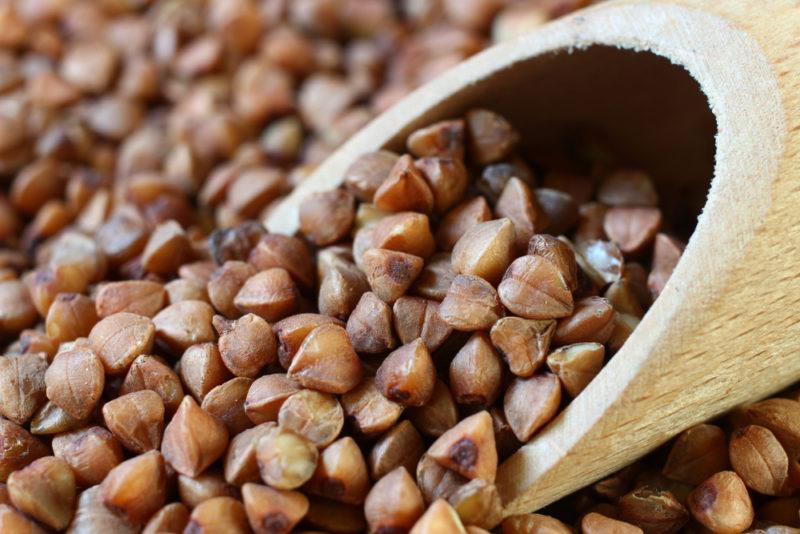
Buckwheat is another nutritious choice, as you get around 6 grams of protein and 5 grams of fiber in a single cup of the pseudocereal. Despite the name buckwheat, this species isn’t a type of wheat. It’s related to rhubarb and sorrel instead.
You’ll also sometimes hear this pseudocereal called beech wheat, as the seeds are triangular and look a little bit like small versions of beech seeds. The wheat part of the name is a reference to the way that we use the pseudocereal in the same way that we would wheat.
Buckwheat is commonly used in the form of buckwheat groats. These groats are often roasted and can form the basis of a type of porridge. Buckwheat can also be seen in various products, like buckwheat pancakes and buckwheat noodles (also known as soba noodles).
Amaranth
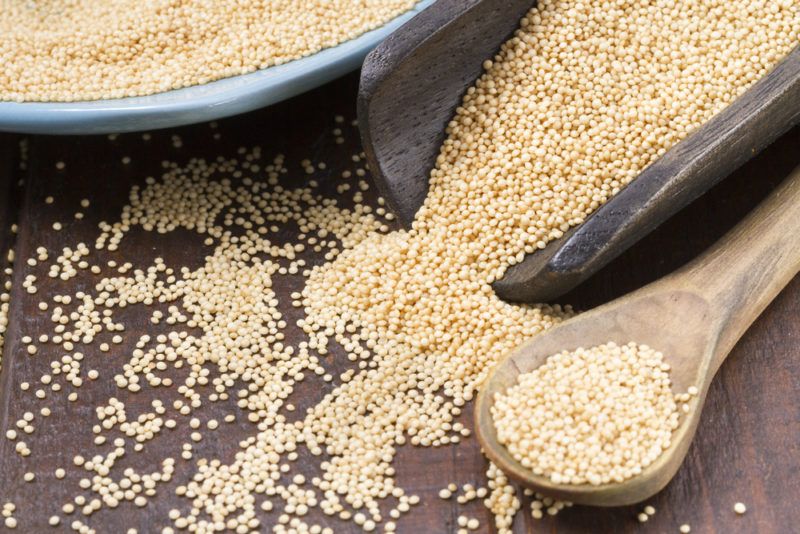
While amaranth isn’t nearly as well-known as quinoa, this pseudocereal is growing in popularity. It originally came from Mexico and is another high protein choice, one that offers a decent amount of fiber as well.
Perhaps the biggest advantage of amaranth isn’t the nutrients that it offers but the large number of antioxidants present. The combination of features also makes amaranth useful choice for weight loss, as it will keep you full for longer.
When cooking it, you need to use a ratio of roughly 3 cups of water to each cup of amaranth. The process is the same as for quinoa and once again you’re looking at around 20 minutes of cooking time.
The nutty flavor is even stronger in amaranth than in quinoa, which may be a problem in some recipes. You’ll need to pick and choose when you use amaranth depending on the recipe that you’re focusing on.
As with some other examples on this list, the term amaranth doesn’t refer to a single plant species. Instead, it refers to the genus Amaranthus, which contains around 75 species. Some of these species are used to produce edible pseudocereals.
Wattleseed
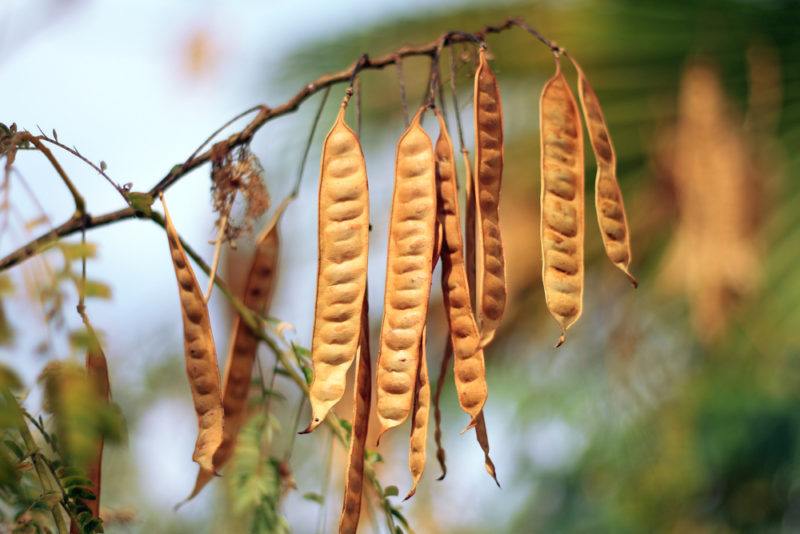
Wattleseed is another grouping of pseudocereals. This time, the word refers to seeds that come from Australian Acacia species. There are roughly 120 species in this group and there will be slight nutritional differences from one species to the next.
Once again, this pseudocereal is packed full of nutrition. This includes many different vitamins, along with antioxidants, protein, and fiber.
Wattleseed is unusual too, as the seeds are generally roasted before they are used. This leads to a strong earthy and nutty flavor, with tones that are reminiscent of coffee. The pseudocereal then tends to be ground and added to dishes.
Because the flavors can be intense, you’ll often just want to use a little wattleseed in your meal. This way, the wattleseed can complement the other ingredients without overwhelming them.
Kaniwa
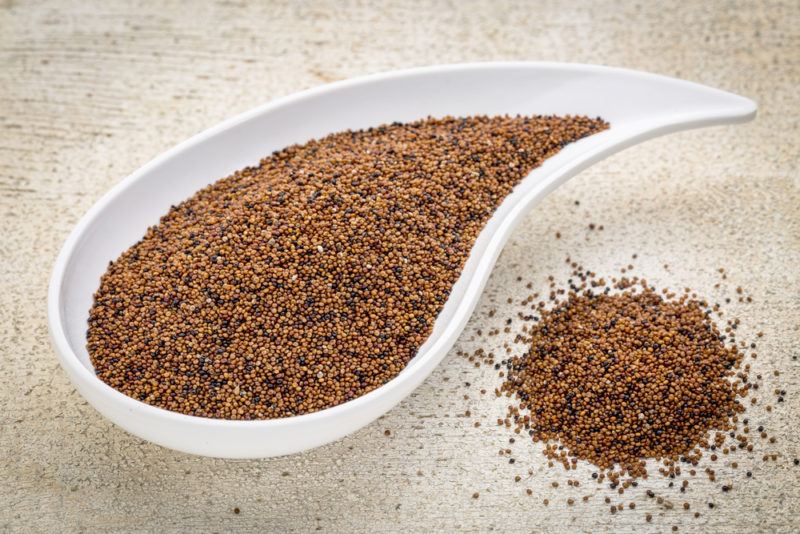
This pseudocereal is pronounced kan-yee-wah and is distinct from quinoa, despite the similarities in the names. Kaniwa is a seed from the plant goosefoot (Chenopodium pallidicaule), while quinoa comes from the species Chenopodium quinoa. These plants both come from South America, but they have distinct differences.
For one thing, kaniwa seeds are roughly half the size of quinoa seeds. They can be red or brown, while quinoa seeds are typically white, red, or brown. Kaniwa seeds have the same nuttiness that is associated with quinoa, but kaniwa tends to be a little sweeter. Finally, kaniwa is crunchier than quinoa.
The differences in flavor and crunchiness mean that some recipes will work well with quinoa, but not with kaniwa (and vice versa). You may need to experiment to find recipes that work well, as there aren’t many recipes out there that focus on kaniwa specifically.
Breadnuts
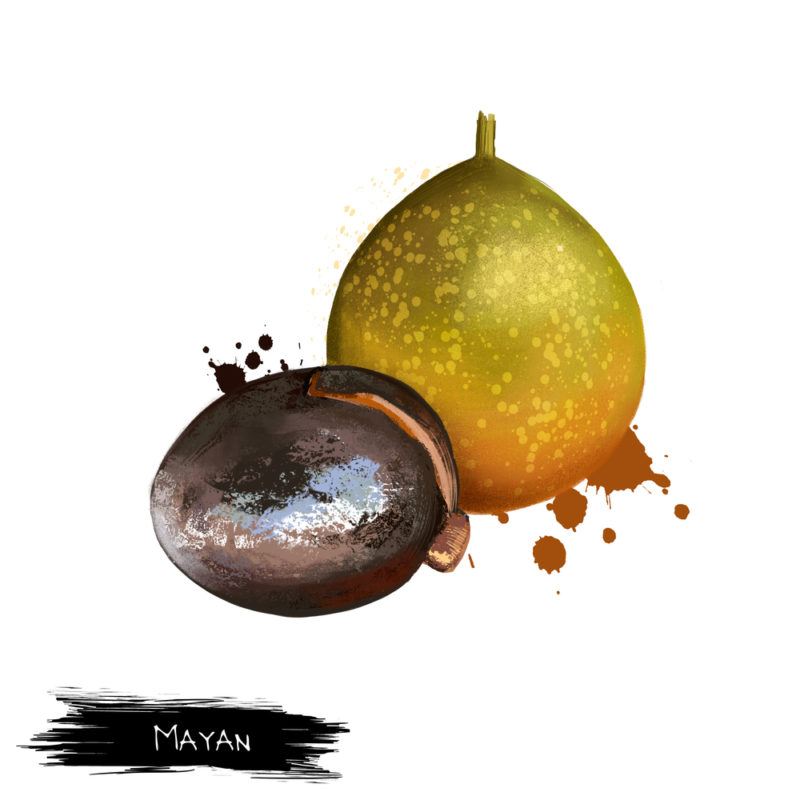
The breadnut also goes by the name maya nut or ramon. It is sometimes thought to come from a seeded version of the breadfruit tree, although some theories suggest that the two are different species.
While breadnuts are generally seen as type of nut, they’re treated as if they were a grain instead. They’re often boiled in salted water for a prolonged period, which leads to a texture that is much like mashed potatoes.
Breadnuts tend to be harder to find that most of the other options on this list. And, if you do find them, it’s best to start off with small amounts of the seed, as breadnuts have been linked to digestive issues. Still, on the plus side, they’re thought to act as aphrodisiacs, so breadnuts might be worth the risk.
Millet
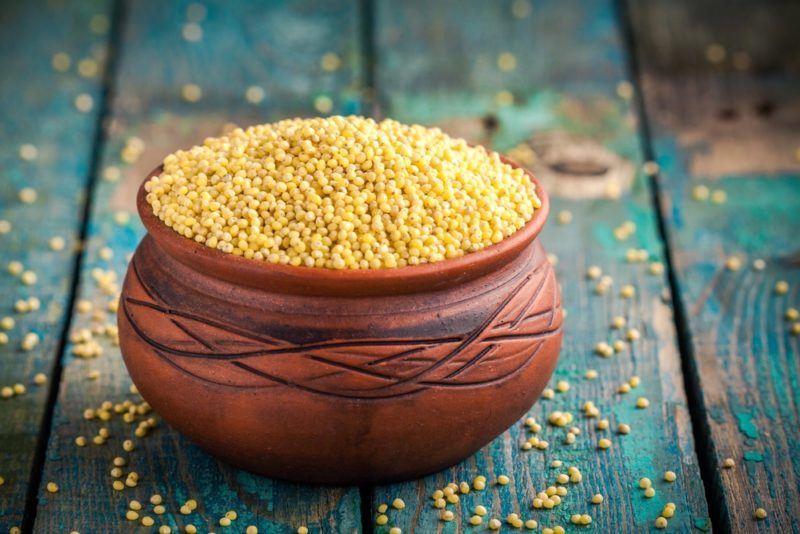
Millet is a little complicated. In the United States, this little seed is mostly used as part of birdseed, while in other parts of the world it is a staple pseudocereal instead.
The complicated aspect is that the word millet doesn’t refer to a single type of seed. Instead, millet is the name for a collection of related species. Examples include pearl millet, finger millet, proso millet, and foxtail millet, along with plenty of others.
And, just to be confusing, some writers consider these species to be grasses and the seeds to be a type of grain, while other writers suggest that millets are grass-like shrubs and the seeds are pseudograins.
In the end though, it doesn’t really matter if you call millet a pseudocereal or a grain. Either way, the various types of millet are major food sources in some parts of the world and you can use millet in many different ways.
Pitseed Goosefoot
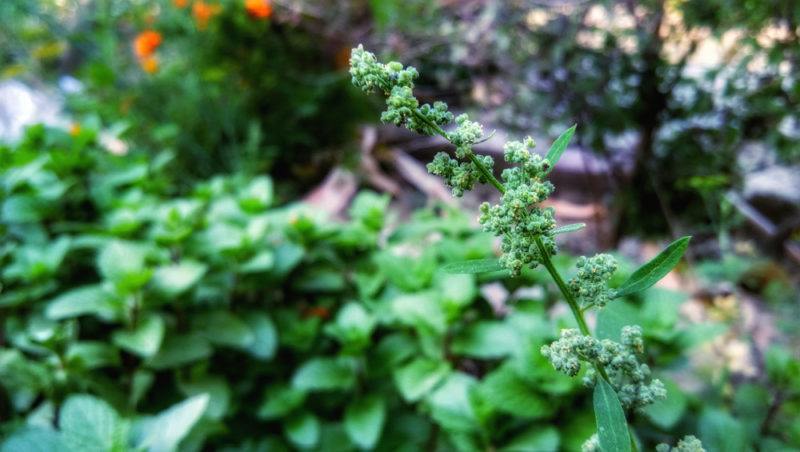
This pseudocereal comes from the plant Chenopodium berlandieri and is known as the pitseed goosefoot. Chenopodium is the same genus that quinoa and kaniwa come from as well, although pitseed goosefoot is the least well-known pseudocereal out of the three.
The plant is generally considered a herb, or more commonly as a weed, and can be found throughout North America. Despite it being considered a weed these days, pitseed goosefoot was once cultivated by Native Americans and is still cultivated in some parts of Mexico.
Pitseed goosefoot can be prepared and enjoyed in the same way that you do quinoa or kaniwa. However, there is relatively little information about doing so and few recipes that rely on the pseudocereal. You’ll need to experiment for yourself to find out what works and what doesn’t.
Fat Hen
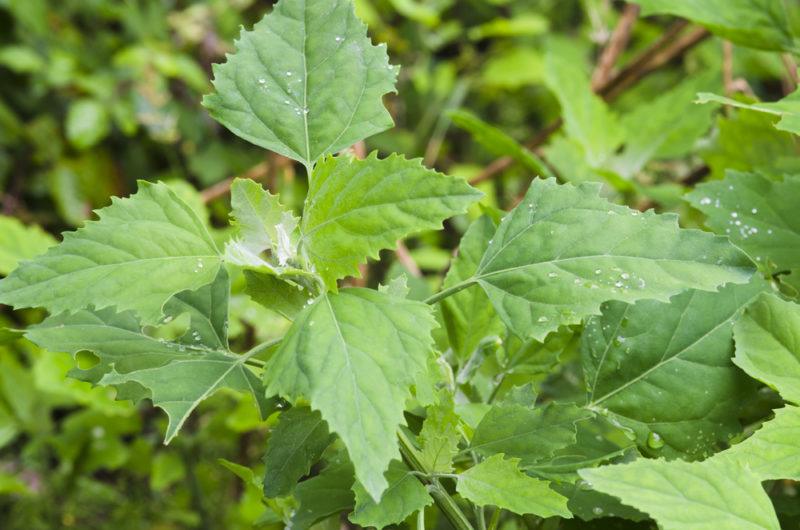
There are other pseudocereals in the Chenopodium family, but the final one that we’re going to talk about here is Chenopodium album, which also goes by the name fat hen or lamb’s quarters. Just to be confusing, this species sometimes goes by the name goosefoot too.
The pseudocereal is most often used in China and Russia. It is commonly ground to create a flour and may be sprouted as well.
Hanza

This West African species isn’t very well-known at all, but hanza does remain a traditional food source in many parts of Africa. The seeds are a little difficult to access, as the fruit needs to be first dried and then pounded. There is also a soaking process, which helps to remove bitter compounds.
Finally, the seeds are cooked before use, much like other pseudocereals. The seeds end up with a similar texture to chickpeas. Hanza seeds can be used in meals like porridge, soups, and stews. They can also be dried again and ground into a flour.


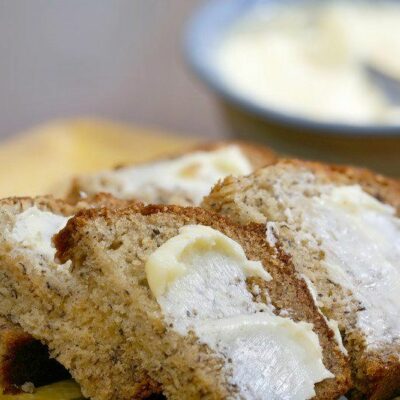





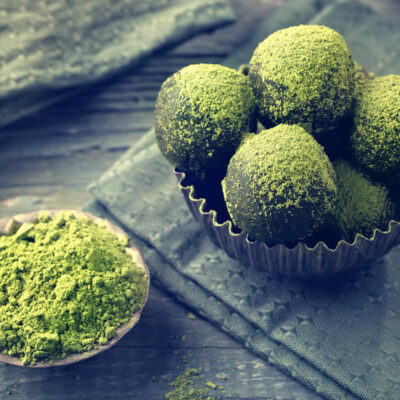



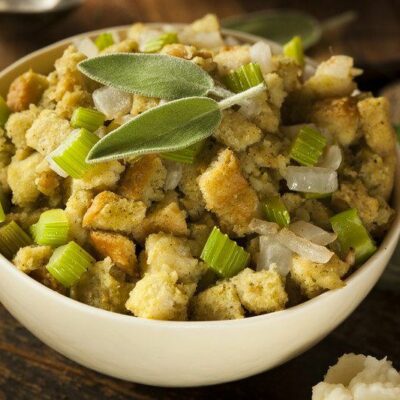
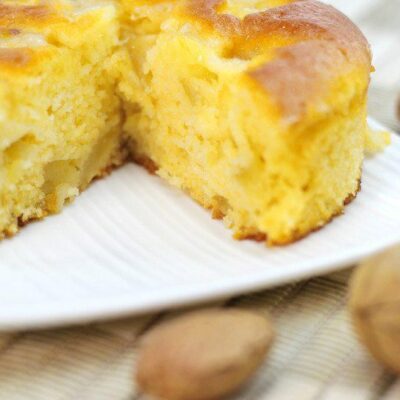



 The Types Of Legumes, Their Differences, And Health Impacts
The Types Of Legumes, Their Differences, And Health Impacts
Millets are cereals not pseudo cereals ! 🙂 Nice to know a lot about pseudo cereals✌️….Good job ! Keep going 👏👍